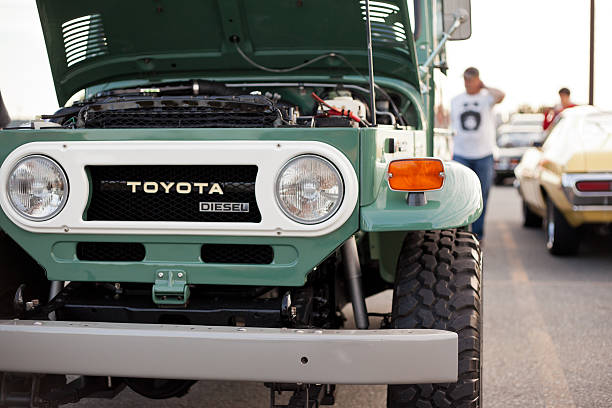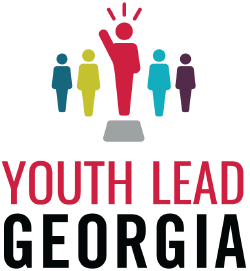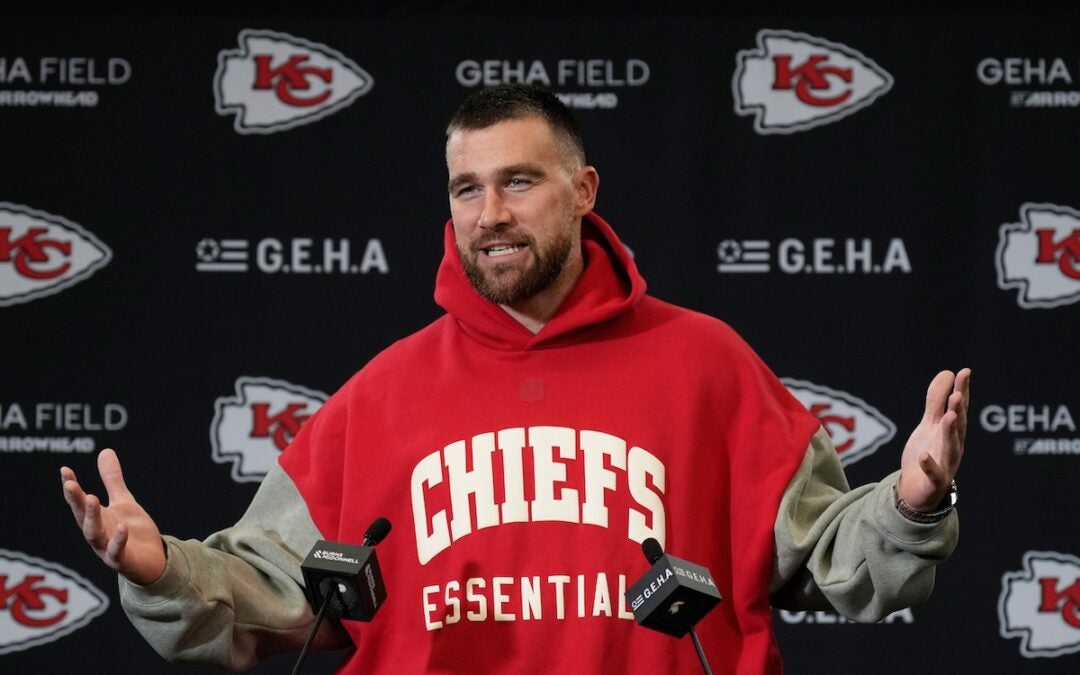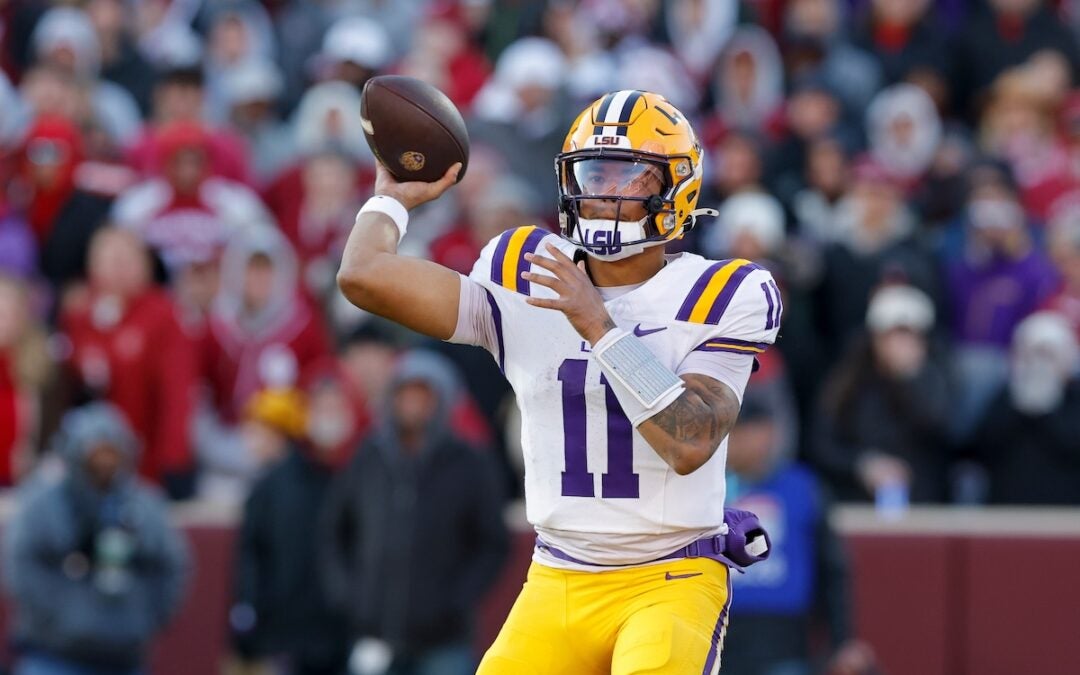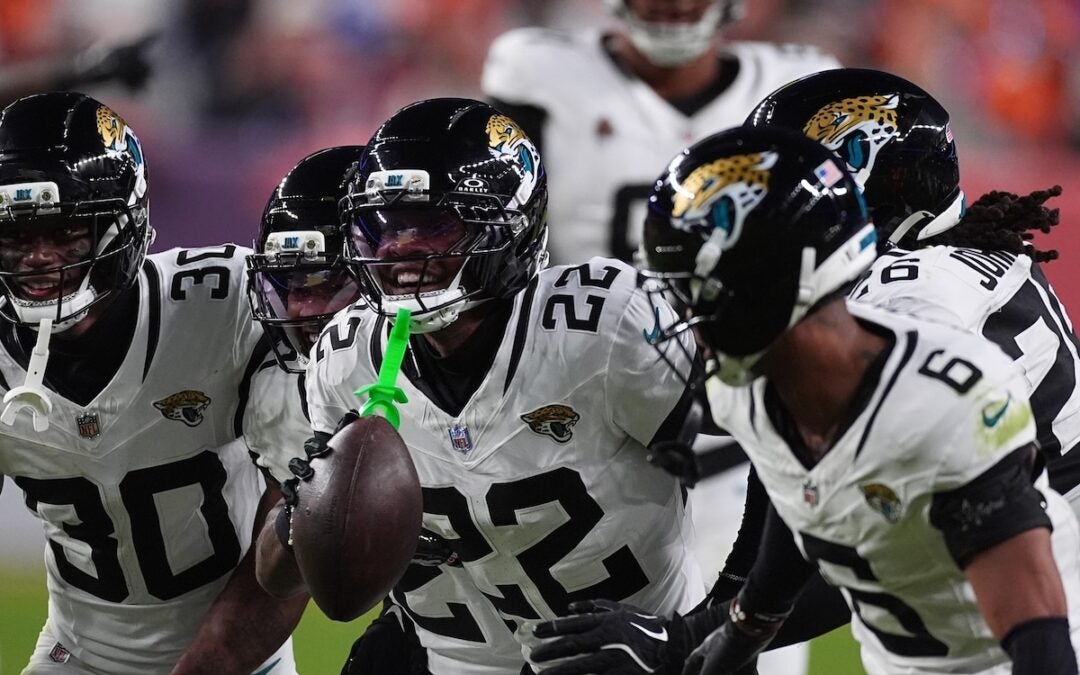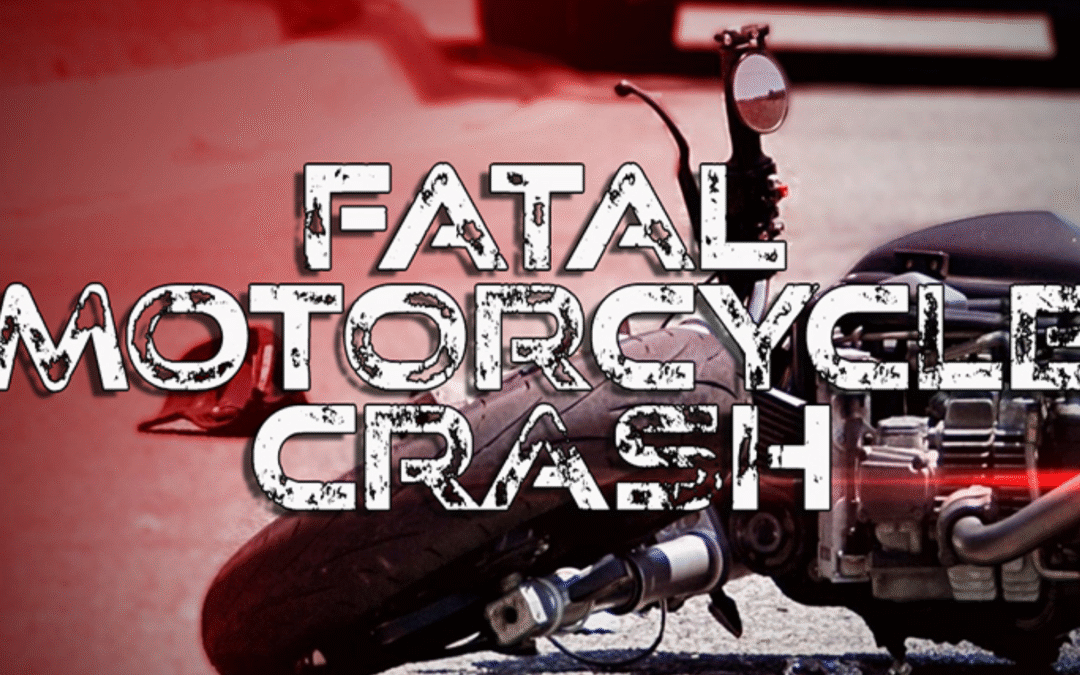The Toyota Hilux is world famous for reliability, low cost and easy maintenance. Small, agile, and four-wheel drive makes it a good choice for use in tough terrain.
It is a workhorse, and sometimes, a war horse.
The Hilux, called the Tacoma in North America, is a favorite of armed groups globally, and without the blessing of Toyota. They became famous in the Chad-Libyan conflict that started on Dec. 16th, 1986.
The Chadian National Armed Forces, People’s Armed Forces of Chad, and France military units squared off against Libya over a piece of land in Chad that contained Uranium. Muammar Gaddafi deployed 8,000 soldiers and 300 tanks to take the area, and carpeted the battlefield with anti-tank mines.
Severely outmatched, the French military improvised by equipping 400 Toyota Hilux and Land Cruiser vehicles with MILAN anti-tank weapons.
The Toyotas were faster than tanks and would not be heavy enough to set off the anti-tank mines. The war, lasting nine months, was a resounding defeat for Gaddafi, leading to the loss of over 800 pieces of equipment and 7,500 lives. This conflict was renamed by historians as “The Toyota War.”
The Hilux and civilian vehicles like them used for battle are called “technicals” by the United States military. They are not always Toyotas, but they seem to be a popular choice by militias, terrorist groups, and revolutionaries.
Toyotas can be spotted in news footage and even propaganda videos wherever war is being waged. They are the light cavalry of insurgencies, equipped with rocket launchers, heavy machine guns and anti-aircraft weaponry.
In 2015, U.S. counter-terrorism officials started an effort with Toyota to understand how so many of these vehicles were falling into the hands of ISIS. In a news story from ABC, Ed Lewis, Toyota’s director of public policy, states a “strict policy to not sell vehicles to potential purchasers who may use or modify them for paramilitary or terrorist activities.”
Many of these vehicles are purchased used at dealers in surrounding countries and smuggled in, or even stolen from rightful owners.
There is no evidence that Toyota has any intention of its product being used in this manner and they are doing everything in their power to stop this from happening. Like any weapon of war, final ownership is normally many steps away from first purchase or manufacturing intention.
If Toyota was able to stop their vehicles from being used, they definitely would, but these groups would surely move to using something else.
Ever since nations have had disagreements, opposing forces have adapted carts, horses and even elephants to make them more lethal. In the present moment and probably for decades to come, the sturdy Toyota takes its spot on the battlefield.
Toyota vehicles are also being used for good on the battlefield. William Grow, who uses his Toyota 4Runner to take humanitarian supplies into Ukraine, would drive nothing else.
“I bought my first Toyota, a 1987 4×4, in 2003 with money I saved from a deployment in the U.S. Navy. I put over 100,000 miles on that truck and handed it down to my best friend when I left the U.S. for Hungary. Naturally, now that I have kids and was looking for a family adventure vehicle for here and in Europe, I wanted something I could depend on. What could be more dependable than the family version of the vehicle that survived my 20’s? Pressing it into service when the war broke out in Ukraine was never a question. I gave it a job to do,” Grow said of his choice of vehicle.
While most press focuses on people from the Middle East, they do see service outside of the area, such as Africa, South America and even Ukraine.
“I do see them. Naturally, the Ukrainians will use any vehicle with high clearance, but the Toyotas are the cream of the crop. Twice the Ukrainian Army has tried to purchase my truck and twice more they were absolutely certain I was there to donate it.” Grow says of seeing these vehicles in action,” Grow said.
As for me, I will see you on the road!

